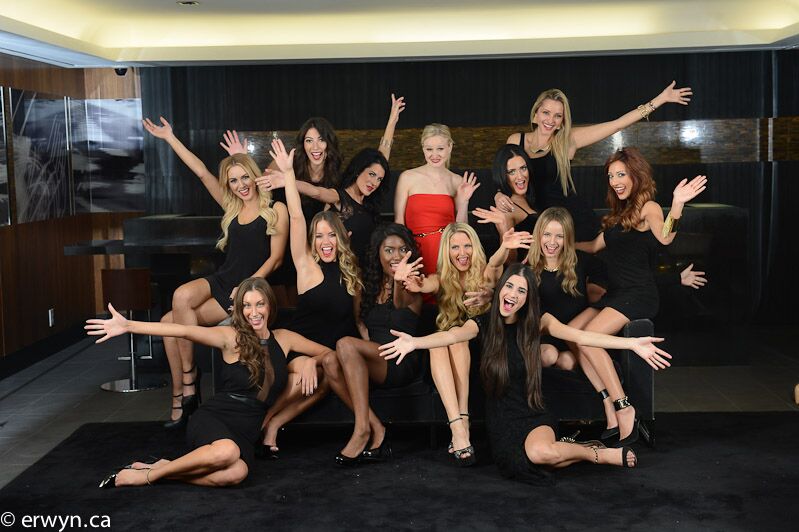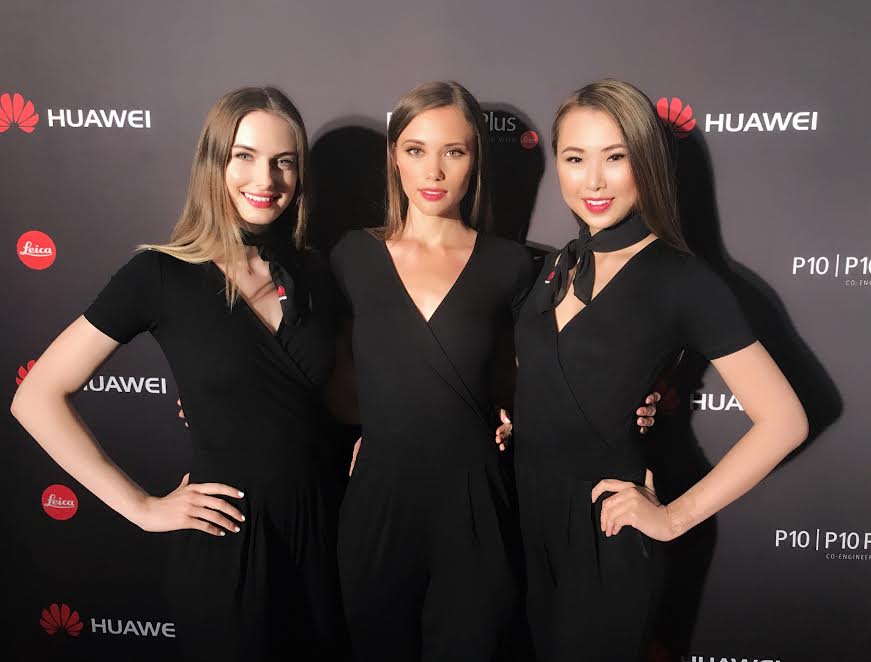Experiential Marketing vs. Traditional Marketing: What’s the Difference?
Corporate spending on experiential marketing is steadily increasing. And the evidence for its decisive effectiveness, both in the short-term and long-term, keeps mounting – as seen in countless case studies, empirical research, statistical data, and more. Yet, despite this, many businesses still have a branding approach that is overly reliant on traditional marketing.
But what exactly is the difference between experiential marketing and traditional marketing? Why are these two marketing frameworks often contrasted?
It’s because they represent vastly distinct viewpoints – very different ways of approaching marketing and thinking about a brand’s relation to consumers.
What follows below are a few of the major differences between the experiential marketing and traditional marketing perspectives.
- Traditional marketing places its emphasis on the functional features and core benefits of products and services, while experiential marketing emphasizes the creation of stimulating brand experiences for the consumer. The mass advertising appeals of traditional marketing heavily points consumers towards a product’s raw features and its resulting benefits. Entire ad campaigns are built around this concept. Meanwhile, the experiential approach seeks to capture and sustain consumer interest by creating truly exciting and emotionally meaningful live brand experiences – thereby generating loyal brand champions and sparking word-of-mouth awareness.
- Traditional marketing views competition through the narrow lens of very specific product/service categories, while experiential marketing views competition by understanding that products/services fit within a broader consumption experience. Consider traditional marketing’s take on competition: to beat the competition, a new feature might be added onto a product – marginally enhancing a benefit. On the other hand, an experiential perspective yields this insight: to differentiate a brand from the competition, the entire consumption experience must be taken into consideration. And so when it comes to a brand’s product, we must ask: how do the advertisements for the product affect the consumer’s daily life? How does the product impact the consumer’s social relations and sense of belonging? These questions – and many more – arise when we don’t see a product as just a set of features and benefits, but as part of a broader life experience.
- Traditional marketing sees consumers as strictly rational, while experiential marketing sees consumers as both rational and emotional. The traditional marketing approach treats consumers as if their choices were always rational. Their decisions are seen as the result of purely logical steps – understanding they have a need, searching for more information, comparing various alternative options, and then making the buying decision. But experiential marketing adds a large emotional dimension to consumer behaviour – seeing them as driven by spontaneity, by fun, by fantasies, by deep feelings and imagination.
Grasping the differences between these two fundamentally contrasting approaches to marketing can help your organization decide how much of the marketing budget should go towards an experiential strategy. If you’re interested in learning how an experiential marketing campaign can bolster your brand in particular, then get in touch with us.







